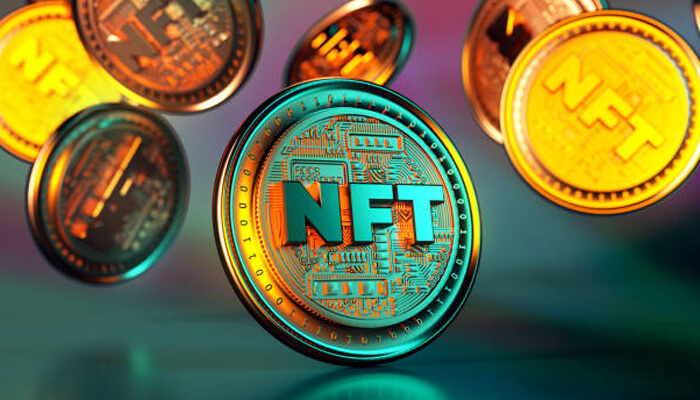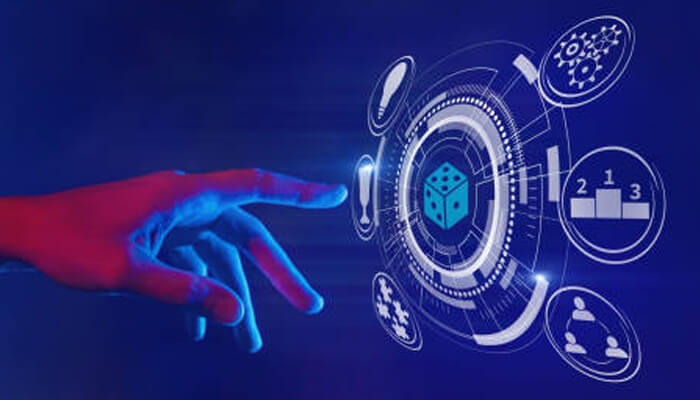Digital assets that have been blockchain-confirmed and called Nonfungible Tokens provide digital artists with a unique and secure way to monetize their digital art with NFTs.
The original digital works of creators can be provided as their distinctive characteristics, which can be traded using NFTs. The growth of NFTs has given creators more chances to maintain their revenues and increase awareness of their distinctive works. Visit Bitcoin Smart, an online version that makes trading in cryptocurrencies simple. A company portal that streamlines trading for cryptocurrency Read more about the differentiation between Aptos and Solana by clicking here
This blog post will examine five possible NFTs that creatives could use to commercialize their creations.
Following are some ways to monetize your digital art with NFTs
Fractional ownership
Although fractional ownership is not a new concept, up until that point, it was mostly used in connection with rising hard assets like real estate, holiday homes, and the like.
A percentage of the expenditure is returned to the purchasers when the holiday homeowners decide how to use it and when they will lease it out. The current ownership agreements specify the rules governing every partial ownership, and each owner is only given restricted access to each property.
Dynamic NFT
An NFT that evolves and offers its owner a unique, evolving encounter is called a dynamic NFT. In updating artwork, dynamic NFTs may use external data sources, such as feeds from social networks or actual events.
Classifieds can be used to sell dynamic NFTs, and bidders from individuals can compete to buy the item. They might command high bids due to their unique characteristics and ever-changing character.
Moreover, an artist can use a premium account system to charge buyers through exclusive dynamic NFTs. Because these NFTs vary frequently, customers may always get fresh features.
A dynamic NFT that alters due to the increase and decrease of the bitcoin price is “The Eternal Pump,” for instance.
As the price of currencies increases, the artwork becomes more intricate and detailed, but as their value decreases, it becomes simpler and more abstract. Dynamic NFTs can increase consumers’ enthusiasm and dedication since they let viewers make corrections to the artwork and watch it evolve over time.
Tie-ins to physical assets
Physical asset tie-ins with NFTs entail connecting a real-world item to a special digital asset, frequently employing a special code or identification.
This can make it possible to claim control and the price of the digital multimedia asset while verifying the physical entity’s validity and owner.
The ownership of a tangible item, such as a tract of land or a car, can be represented by an NFT. In contrast, a business named CarForce is creating NFTs that represent the possession of expensive cars, with the NFT acting as a virtual vehicle key that enables the user to start and drive the entire car.
Gamification
To do this, active, nonfungible tokens that players can utilize in games must be created. For instance, the game Axie Infinity employs NFTs as gaming assets, allowing users to buy, trade, and exchange them to customize their virtual avatars.
NFTs can also be awarded as prizes for completing specific tasks or objectives in a game or application. For example, health software may reward customers who meet their daily exercise goals with a nonfungible token.
Royalties
When an NFT is purchased again on a second-hand market, it can be set up to give the artist a cut of the proceeds. This makes it possible for companies to profit from their creations long after the first sale.
For instance, the NFT “The Fungible” that the graphics programmer Pak sold for $502,000 was programmed to give the creator a 10% fee on each set. The NFT has now been purchased greatly, and the creator has received royalties totaling over $2 million.
Conclusion:
Nonfungible tokens have created a new way for digital artists to monetize their work. NFTs provide creators with distinctive characteristics that can be traded, giving them more chances to maintain their revenues and increase awareness of their distinctive works.
This blog post has explored five possible NFTs that creatives can use to commercialize their creations: fractional ownership, dynamic NFTs, tie-ins to physical assets, gamification, and royalties.
These options provide artists with a wide range of opportunities to monetize their digital artwork through blockchain-verified NFTs.




